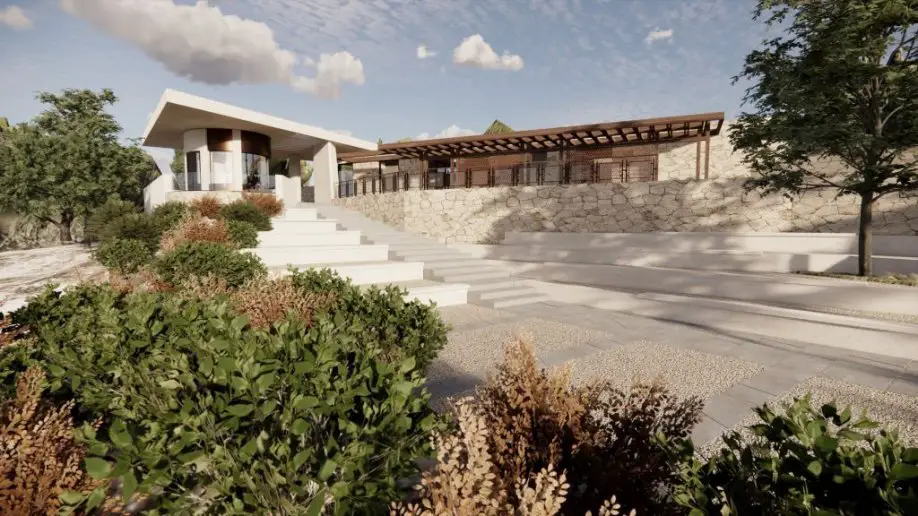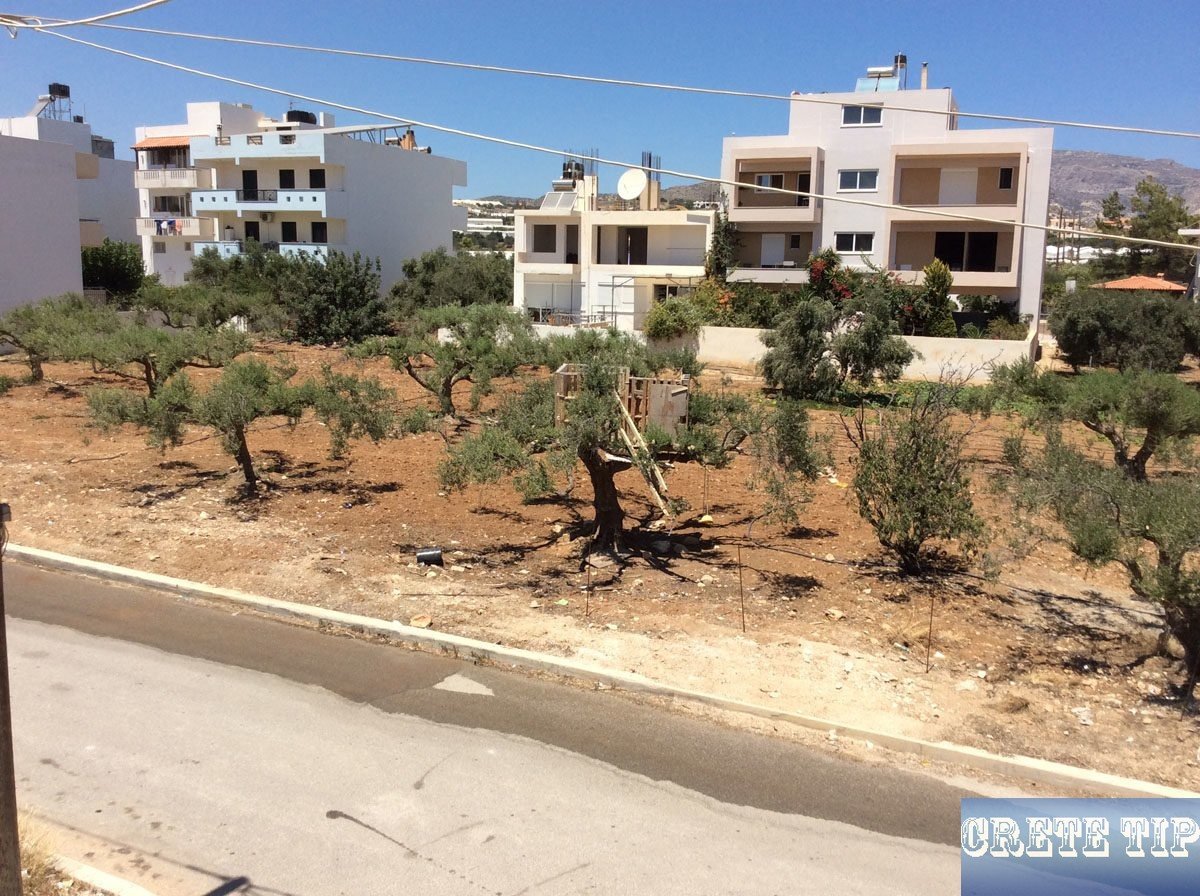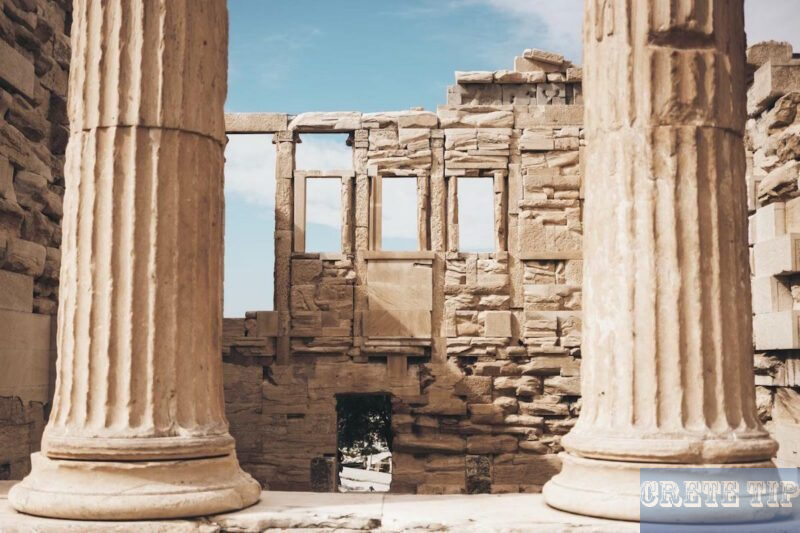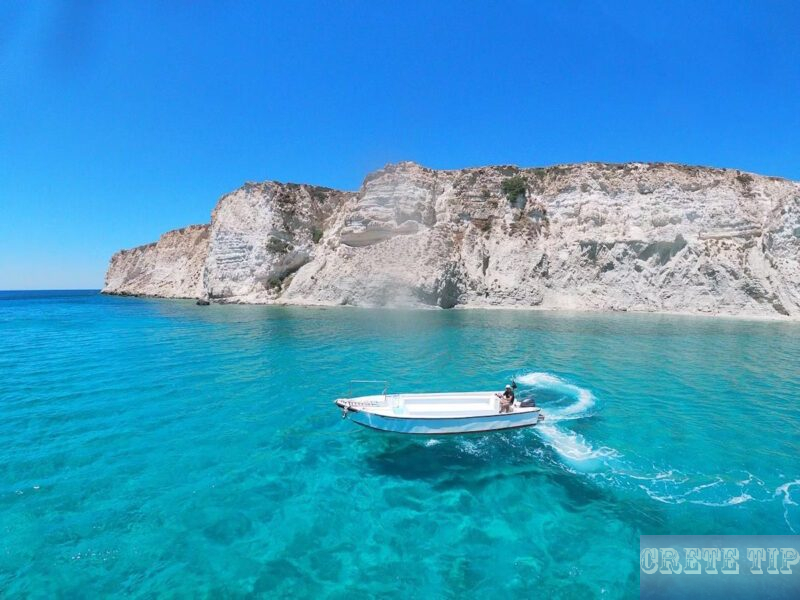Remodelling of the palaces of Knossos and Phaistos: visitor-friendly reconstruction.

Redesign of the entrance area to the Palace of Knossos
Table of Contents
The project to redesign the entrance to the archaeological site of Knossos is a key priority for the Ministry of Culture. This initiative involves comprehensive planning that includes preliminary studies in architecture, structural engineering, and electromechanical systems, along with a geotechnical survey. These efforts are part of a research programme aimed at improving the connection between the archaeological site and the urban and suburban areas of Heraklion. The ultimate goal of the Ministry of Culture is to ensure the permanent management of functional and aesthetic issues, facilitating a significant upgrade to the archaeological site. The project is carried out in two phases, with an overall budget of approximately €3,500,000.
Knossos ranks as the second most visited archaeological site in Greece, following the Acropolis. The Minister of Culture, Lina Mendoni, has underscored the importance of highlighting the Minoan Palace and five other palatial complexes from the same period. These sites are set to be included in Greece’s bid for incorporation into the UNESCO World Heritage List in 2025. The aim is to create a cultural route that showcases and effectively integrates the development potential of this unique heritage. Plans include restoration and enhancement interventions for these exceptional architectural ensembles.
At the Palace of Knossos, restoration efforts are currently underway for significant monuments within the archaeological site. Additionally, there are projects aimed at improving visitor circulation and accessibility. The current study is part of a broader initiative to reorganise both the archaeological area and its surrounding urban space. This effort will address entrance and exit areas while solving functional and aesthetic challenges related to the flow of visitor traffic and service needs.
Key Components of the Project
-
Architectural and Structural Planning: Detailed studies are designed to create a sustainable integration of modern infrastructure with the historic site.
-
Geotechnical Study: Conducted to ensure the stability and safety of the renovations and restorations.
-
Visitor Experience Enhancement: Focused on improving guidance through the site and increasing accessibility for all guests.
Current Developments
The restoration and improvement initiatives are structured to not only celebrate Knossos’s historical significance but also to align with contemporary best practices in heritage management. This involves sustainable practices that consider the environment and cultural integrity, ensuring that future generations can appreciate this site.
Visitor Accessibility and Circulation
The redesign includes the optimisation of pathways to ensure smooth visitor flow and increase safety. Enhancing pathways and creating better-defined zones will help facilitate efficient visits. Features such as wider sidewalks and designated viewing areas are planned to improve the experience without detracting from the archaeological context.
Infrastructure Improvements
The project also focuses on modernising the necessary infrastructure. This includes energy-efficient solutions and ensuring that facilities serve both the needs of visitors and the integrity of the site itself. Sustainable energy sources are integral to these plans, striving for energy autonomy while minimising the ecological footprint.
Historical Value
Knossos is not just an archaeological treasure; it is a pivotal piece of Minoan history. The palace complex reflects advanced architectural and social structures from ancient times. Restoration efforts are not only about preserving stone and structure, but also about recognising and honouring the cultural narratives that continue to resonate from this site.
Integration with Urban Developments
The initiative seeks to link the archaeological site with nearby urban areas seamlessly. This connection is essential for developing a coherent cultural route that encourages exploration and appreciation of the Minoan culture. The collaboration with local authorities is vital to ensure the area’s overall upgrade and sustain its cultural significance.
Cultural Significance and Future Perspectives
As Knossos prepares for its potential UNESCO designation, the project represents a step back in time and a move forward into a more integrated cultural future. Celebrating its rich history, the redesign aims to elevate the experience for both locals and tourists, portraying Knossos not just as an archaeological site but as a living part of the cultural landscape of Crete.
The Palace of Phaistos is being redesigned for visitors
The Palace of Phaistos (or Festos), the second-largest archaeological site on Crete, is set to undergo major enhancements for better visitor access, similar to the renovations at the Palace of Knossos. Plans include a complete redesign of the entrance area featuring a new ticket office, a museum shop, and restroom facilities.
In addition, a larger outdoor area with steps will offer visitors striking views of the palace complex. The site will also feature newly created visitor routes, including paths designed for those with disabilities to access the Upper West Courtyard, ensuring an inclusive experience for everyone.
New informational points and viewing areas will be established to enhance the visitor experience, making it easier to appreciate the historical significance of the site. Furthermore, efforts are underway to develop strategies for protecting the site from the impacts of climate change.
Greece aims to have the Palace of Phaistos, along with other significant Minoan sites, enlisted as a UNESCO World Heritage site by 2025. The palace not only serves as a vital historical landmark but is also known for the famous Discus of Phaistos, discovered in 1908, which continues to puzzle researchers with its unique symbols.
The first palace was established around 1900 BC. While the original structure was destroyed around 1700 BC, its significance remained comparable to that of Knossos. A subsequent rebuild occurred around 1600 BC at a higher elevation, only for it to be destroyed by fire around 1450 BC, likely linked to the Mycenaean conquest of Crete.
Frequently Asked Questions
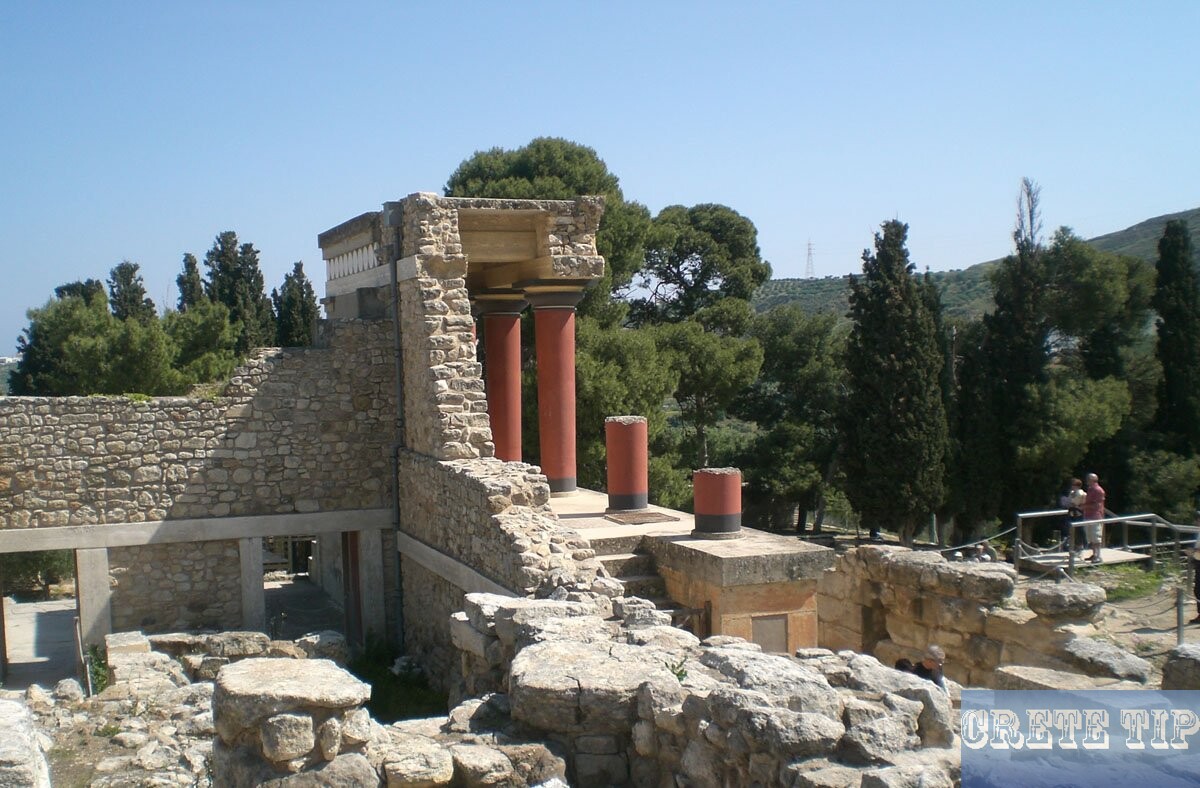
What are the visiting hours for the Knossos archaeological site?
The Knossos archaeological site typically opens from 8:00 AM to 8:00 PM during the summer months, with shorter hours in the winter. It’s advisable to check for seasonal changes or specific holidays that may affect these hours.
Are there ticket options for visiting several historical sites in Crete?
Yes, there are ticket packages that allow visitors to explore multiple historical sites across Crete. These packages often provide a better value for those interested in experiencing the rich history of the island.
Can visitors buy tickets for Knossos online in advance?
Yes, tickets for the Knossos site can be purchased online in advance. This option helps avoid long queues at the entrance and ensures entry during busy tourist seasons.
What amenities are offered for disabled visitors at Knossos?
Knossos provides various facilities to support visitors with disabilities, including accessible pathways and designated areas. Staff members are available to assist as needed.
Are guided tours available for those visiting Knossos?
Guided tours are offered at Knossos, allowing guests to gain deeper insights into the history and significance of the site. These tours are conducted by knowledgeable guides who can enrich the experience.
Are there restrictions on taking photographs at the Knossos archaeological site?
Photography is allowed in many areas of the Knossos site, but there may be certain restrictions in place, particularly inside specific buildings or during guided tours. Visitors are recommended to check for any signs or guidelines regarding photography.

